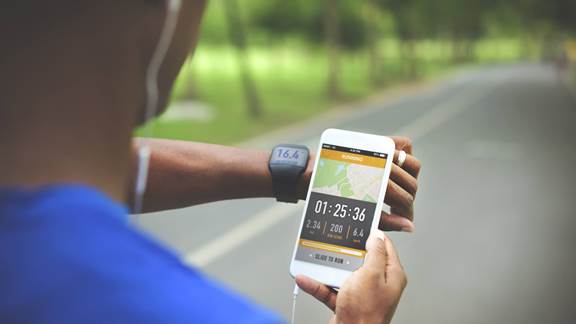Contact tracing and social distancing are powerful tools for fighting COVID-19, but we’re rapidly moving to a world where we can use these tools to monitor the health status of individuals at scale. An increasingly sophisticated range of Internet of Things (IoT) sensors and health tech wearables can be used to gather and transmit our health data. The falling cost of IoT sensors and the increasing power of mass-market consumer-grade devices, such as Apple Watch, means that equipping everyone with the tools to gather more data about their health is becoming more cost effective every day.
Apple Watch’s ECG functionality is able to detect rapid or skipped beats - even sending a notification if an irregular heartbeat appears to be an atrial fibrillation. Patents and partnerships show they’re looking at blood pressure and contact free glucose monitoring, while rival Fitbit is pushing ahead with blood oxygen monitoring. It’s not just wearable devices, with researchers working on how to use ‘smart toilets’ to enable continuous analysis of samples that are only otherwise taken in a clinical setting.
As consumer devices become more sophisticated, so too do medical devices, which are coming online. Examples include smart Continuous Glucose Monitors which allow diabetic patients to monitor their insulin levels via a connected app on their phone, and connected inhalers which - amongst other benefits - promote medication adherence.
As well as adding more sensors, we’re also finding new ways to use devices we already have. Researchers are exploring the value of ‘digital phenotyping’, using the data we have on our smart phones about our interactions with others and our activity to identify people at risk of mental health problems.
Wearable devices can connect with each other and other devices to create an IoT network for performing highly personalised healthcare activities, such as diagnosis, monitoring and treatment. Increased data access and data sharing via these devices has the power to facilitate highly personalised care adapted to the individual patient’s profile.
